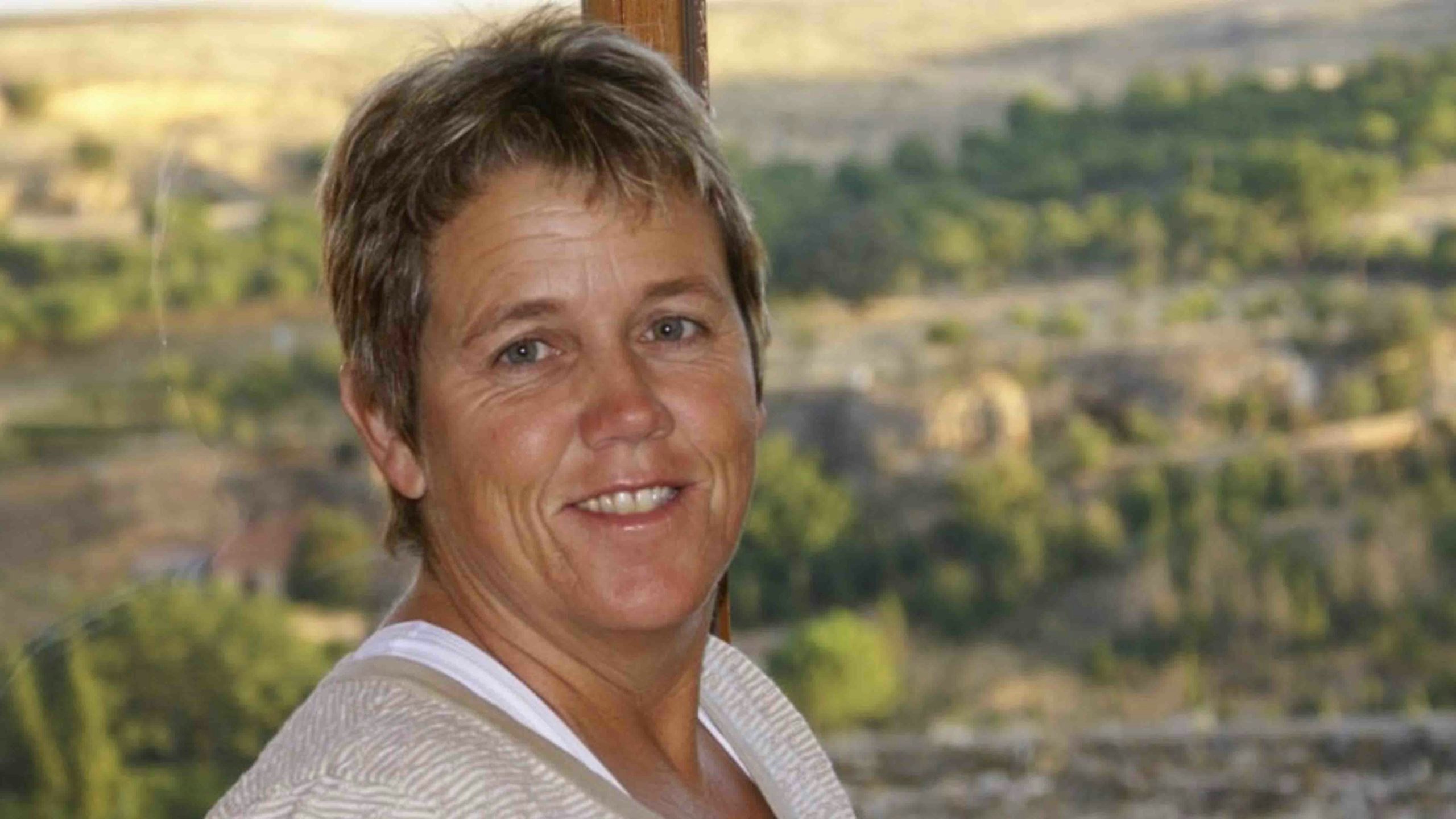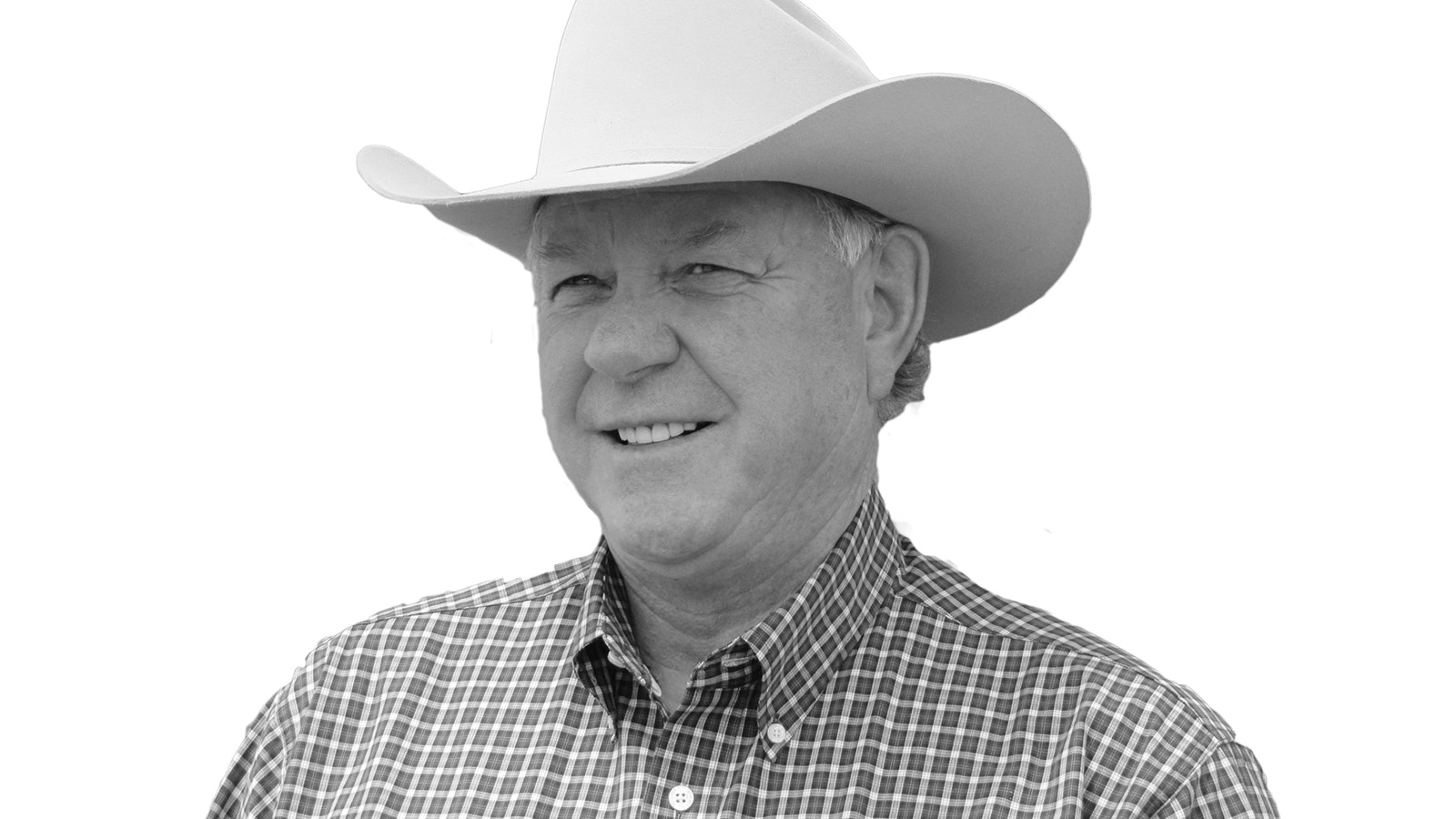Small groups of pronghorn antelope flee a short distance as we drive on a sandy two-track road. Inevitably there will be an antelope or two that insist on racing to cross the road in front of us: It’s expected, that’s what they do.
We drive around the ranch changing out the game cameras about once a week, skirting the sagebrush-covered flat and irrigated meadows, slowly climbing along a rocky ridge covered with bitterbrush, as we head to a stand of aspen trees for the last of the cameras. The mule deer migration began last week, as deer began trickling out of the mountains, traversing national forest-administered land onto this patchwork of federal, state, and private ground. The deer hurried through a stretch of open ground before climbing up into a small drainage on private land above our house.
When we check the camera, we find images of mule deer does that survived the last winter’s brutal conditions and have healthy fawns of the year at their sides. Instead of thousands of deer, there are hundreds, but the deer will continue through for the next month. We marvel over the bobcat female and her two cubs of the year that arrived along with the deer.
We drive slowly back off the ridge, with groups of deer pausing for a moment to watch us pass before resuming their browsing. The deer will linger here for a few days, or a few weeks, below the timberline in these quiet foothills before crossing the Big Sandy River. From there, some of the deer will shift off the migration trail and winter along the river, while others will continue their journey further south.
This small drainage along the Boulder Front is part of a 25-mile segment of the Sublette mule deer herd migration route that includes a mixture of 43% private land, 37% Bureau of Land Management, 19% State, and 1% US Forest Service.
Of the private ground, 16% is protected through conservation easements, and landowners throughout the area have been involved in various habitat improvement projects, cheatgrass treatments, and fence modifications designed to ensure wildlife migrations continue unhindered. Importantly, this area continues to be a foothold of migratory livestock operations for both cattle and sheep.
Ranch families here understand that ensuring the integrity of the wildlife migration also protects the ability to move livestock with the seasons as well. We all manage systems of gates and water to align with the pulse of animal movements – both wild and domestic.
A few years ago, the Wyoming Game & Fish (WG&F) conducted an assessment of each segment of the migration corridor and determined that in this segment, “Substantial protections currently exist in this segment that minimize potential threats to migration,” and “Managers believe the risks mule deer face in this segment can be addressed through maintaining relationships with private landowners, NGO’s, the public, and continuing to collaborate with public land managers to ensure mule deer migration remains as unimpeded as possible.”
We’ve been pleased to assist with research on the muleys migrating through and learning the ages and histories of some of the individual deer that spend time on the private land as they migrate with the seasons.
Once the deer finish with their stopover, they cross the Big Sandy River on their journey south, entering a 25-mile segment of wide, open steppe of mixed mountain shrub, sagebrush, and aspen, to Highway 28.
Nearly all of this segment is federal land with few fences. In its assessment of this segment, WG&F reported: “Substantial protections currently exist in this segment that minimize potential threats to migration” and “Managers believe the risks mule deer face in this segment can be addressed through maintaining relationships with private landowners, NGO’s, the public, and continuing to collaborate with public land managers to ensure mule deer migration remains unimpeded as much as possible.”
But the Bureau of Land Management now proposes that nearly 375,000 acres of the area north of Highway 28 should become the South Wind River Area of Critical Environmental Concern. The plan ignores the ranch families who live and work within this area while the ACEC would completely engulf private and state lands within its boundaries. While the plan would only apply to BLM-administered lands, its impacts will billow across private and state lands.
For example, rights-of-way authorizations would be prohibited within the entire 375,000 acres. That means no new roads, pipeline corridors, fiberoptic cables – even on private and state lands within the area if these routes would cross over, under, or through federal ground. Surface disturbance activity would be prohibited unless the purpose was to benefit wildlife – no matter the desire for range improvements, water infrastructure, or access across federal ground to manage other resources.
Management of livestock grazing wouldn’t be toward meeting the principle of sustained yield while meeting rangeland health standards on this shared range but would shift to the priority of managing vegetative resources for wildlife.
The BLM proposes that this ACEC would promote “protection of habitat and reduce disturbance to wildlife from vehicles, machinery, or human presence. Preventing or reducing surface disturbing activities in the ACEC would maintain contiguous habitat for forage, cover, migration, and important life cycles of big game, raptors, and other wildlife.”
That may sound desirable to some, but the BLM’s proposal could force landowners to shift to concentrate activities on private lands – an action that could harm rather than help in maintaining contiguous habitat for migratory herds.
Much of the private land in the area is relatively unaltered, grazed by livestock for part of the year and then left to the wild animals. That the mule deer continue to rest here every year is testament to the importance of how the private land is currently managed.
In the opening pages of the migration corridor assessment, WG&F proclaimed, “Zero development is not sought as an outcome, or necessarily required to maintain migration corridors.”
WG&F emphasized that it sought to ensure that activities occur in a manner that maintains habitat function and doesn’t result in a decline in deer distribution or abundance. WG&F continued: “The Department confirms our comments on land use planning documents will be to manage proposed disturbances on a project specific basis, and not through a set of prescriptive recommendations.”
It wasn’t WG&F that sought prescriptive recommendations, but that is exactly what the BLM and some wildlife advocates now propose. Rather than allowing for management of proposed disturbances on a project-specific basis, the BLM wants to prohibit most disturbance – be it from where we can set out livestock mineral to providing access to a communications tower used for emergency response.
It’s short-sighted and unnecessary. It could result in the opposite of what wildlife advocates intend.
As WG&F wrote in its migration corridor assessment: “And although focus tends to center on federal lands, private lands are extremely important and ranching in particular is conducive to the maintenance of ungulate migration corridors. Maintaining the integrity of ranching operations will benefit the continued movement of animals across the landscape, and consequently efforts to conserve ranches within the migration corridor will conserve the corridor itself. It goes without saying that any conservation efforts on private lands will only occur with landowner participation and cooperation.”
The BLM recognized that ranchers wouldn’t view its management scheme favorably because it would “be perceived as increasing their operating costs and requiring them to alter their management practices.
These stakeholders would see this alternative as harmful to their abilities to maintain their livelihoods and the customs and culture of ranching, and they also would be concerned that this alternative would impact the long-term viability of maintaining livestock grazing as an important part of the traditions and economies of local communities.”
Perhaps the BLM would be happy to see traditional ranching – the production of food and fiber – go by the wayside. What will then happen to the private lands? Will they be subject to more intensive development, or sold to “amenity” buyers?
The BLM’s policy shift could change the basic character of our western communities, and not for the better.
The BLM plan, as written, would limit the ability of the agency to weigh and authorize projects based on their merits. Instead, it would mandate that the agency simply say no, without consideration.
Cat Urbigkit is an author and rancher who lives on the range in Sublette County, Wyoming. Her column, Range Writing, appears weekly in Cowboy State Daily.





